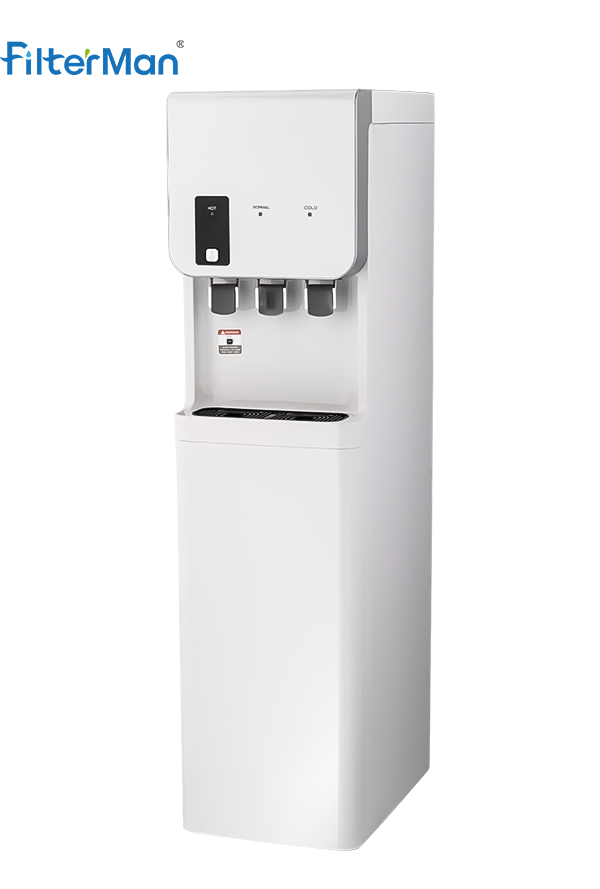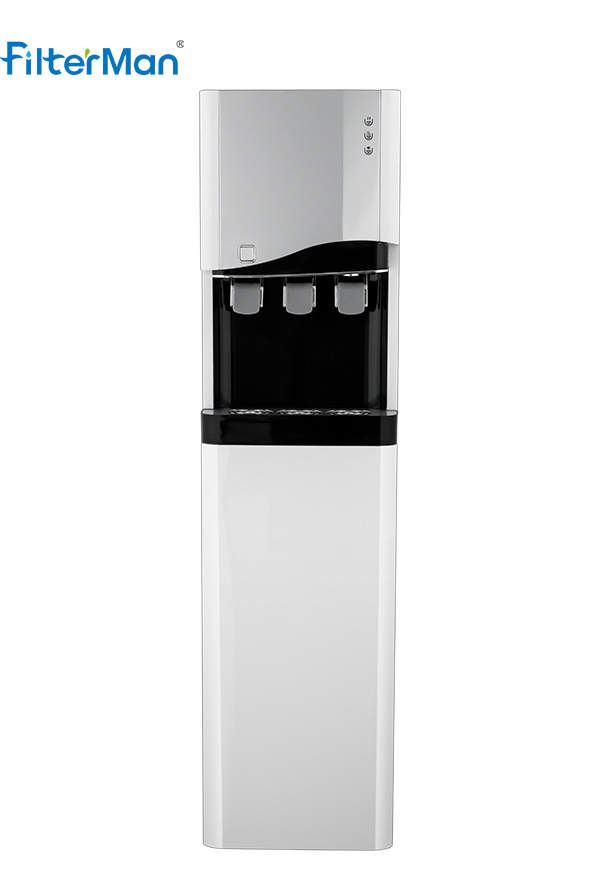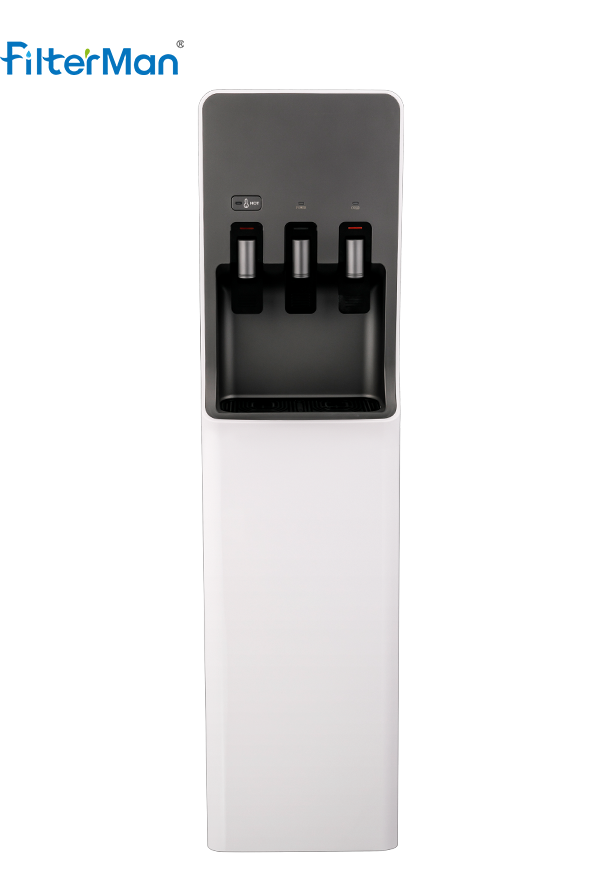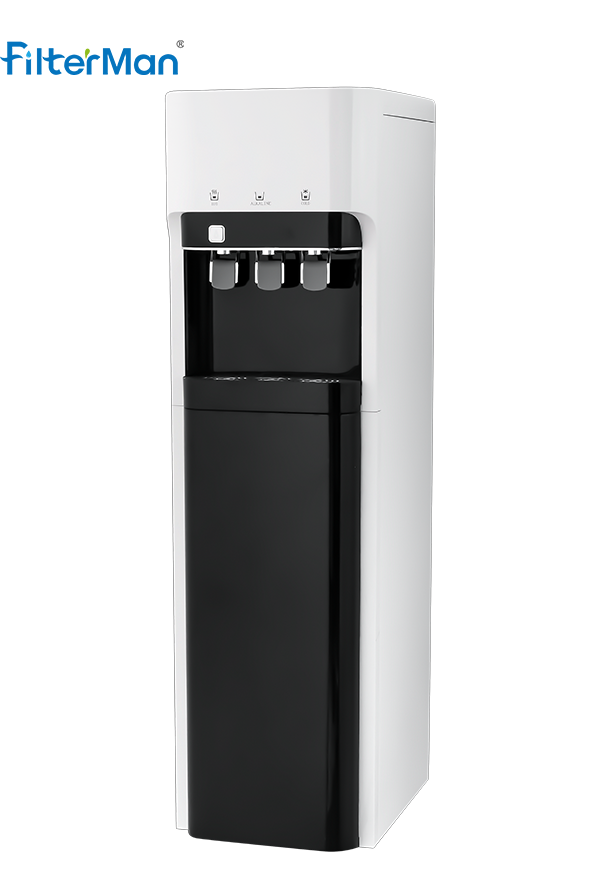Modern water coolers designed for home and office environments often incorporate energy-efficient features to minimize electricity consumption and environmental impact. Here are some factors contributing to the energy efficiency of these systems:
1. Compressor Technology:
Many modern water coolers utilize advanced compressor technology that is more energy-efficient compared to older models. Variable-speed compressors and inverter technology allow the system to adjust its power consumption based on demand, reducing energy usage during periods of lower water dispensing.
2. Insulation:
Efficient insulation in the water storage and cooling components helps maintain water at the desired temperature for longer periods. This reduces the frequency of the cooling system turning on and off, leading to energy savings.
3. Energy Star Certification:
Look for water coolers with the Energy Star certification. Products with this label meet specific energy efficiency criteria, ensuring they consume less energy than standard models. Energy Star-rated water coolers often use advanced technology to optimize performance and minimize electricity usage.


4. Smart Features and Sensors:
Some modern water coolers incorporate smart features and sensors that adjust the cooling operation based on ambient conditions and usage patterns. For example, a cooler might reduce cooling during periods of inactivity or low demand.
5. LED Lighting:
Energy-efficient LED lighting is often used in modern water coolers for illumination. This contributes to lower power consumption compared to traditional lighting options.
6. Timers and Programmable Settings:
Water coolers with programmable timers allow users to schedule on/off times, optimizing energy usage based on anticipated demand. This feature is particularly useful in office settings where water dispensing patterns may follow a predictable schedule.
7. Hydrocarbon Refrigerants:
Some eco-friendly water coolers use hydrocarbon refrigerants that have lower global warming potential (GWP) compared to traditional refrigerants. This contributes to a reduced environmental impact.
8. Instant Cooling Technology:
Instant cooling technology in some water coolers ensures that water reaches the desired temperature quickly, minimizing the time the cooling system needs to be active. This can contribute to energy savings over time.
9. Energy-Efficient Components:
Manufacturers may use energy-efficient components, such as high-efficiency fans and pumps, to further reduce overall power consumption.

 English
English 简体中文
简体中文
 English
English










